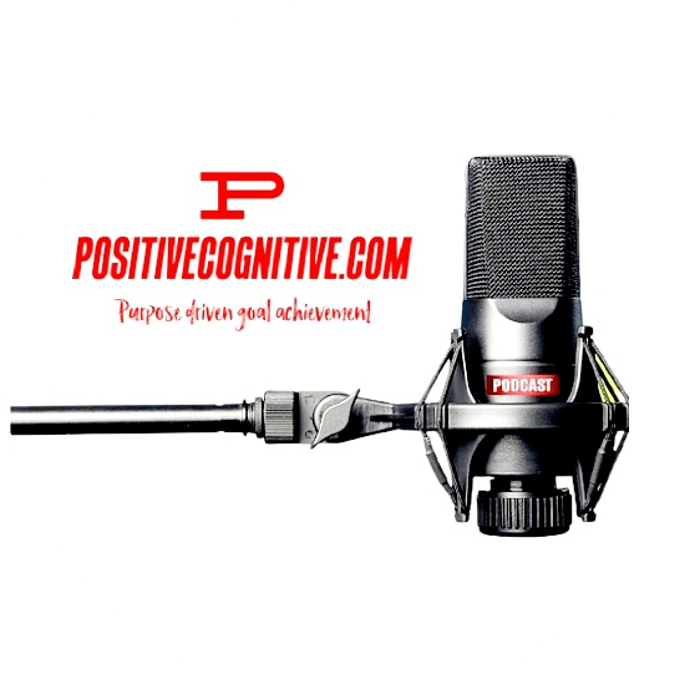Our Blueprint
for Creating AI Infrastructure for Mental Health and Behavioral Health Services
As an AI Alchemist, this blueprint outlines how to design and implement an AI infrastructure tailored to mental health and behavioral health organizations. The goal is to enhance accessibility, improve care quality, and optimize operational efficiency while addressing the unique challenges of mental health care.
1. Assess Needs and Objectives
Actions:
Conduct a needs assessment with clinicians, administrators, and patients to identify pain points.
Define clear objectives such as:
Reducing wait times for therapy.
Enhancing crisis intervention capabilities.
Automating documentation to reduce clinician burnout.
Example:
A clinic may aim to use AI for early detection of high-risk patients (e.g., suicide prevention) and prioritize them for immediate care.
2. Build Stakeholder Engagement
Actions:
Educate stakeholders on the benefits of AI in mental health, such as early detection, personalized care, and operational efficiency.
Address concerns about data privacy, ethical use of AI, and maintaining the therapeutic alliance between patients and providers.
Key Message:
AI complements human therapists by automating repetitive tasks and enabling more personalized care, not replacing human empathy.
3. Develop Core AI Capabilities
Key Components:
Early Detection and Risk Stratification:
Use machine learning to analyze patient data (e.g., speech patterns, social media, or EHRs) for early signs of depression, anxiety, or suicidal ideation137.
Example: The REACH VET program identifies veterans at high risk of suicide using predictive analytics7.
Crisis Management Tools:
Implement AI-powered sentiment analysis to detect emotional distress in real-time via voice or text during patient interactions2.
Example: Crisis hotlines can use AI to prioritize high-risk calls for immediate intervention.
Automated Documentation:
Deploy natural language processing (NLP) tools like Eleos Health’s automation platform to summarize therapy sessions, reducing clinician workload6.
Personalized Care Plans:
Use precision medicine algorithms to tailor treatment plans based on patient history, genetics, and preferences
Example: Customize cognitive-behavioral therapy (CBT) modules in digital apps like Woebot
Continuous Monitoring:
Integrate wearables or apps that track patient behavior (e.g., sleep patterns, stress levels) and alert clinicians to changes requiring intervention
4. Implement Ethical AI Practices
Actions:
Use anonymized data to ensure patient privacy.
Regularly audit algorithms for biases and inaccuracies.
Provide transparency about how AI tools are used in diagnosis and treatment.
Example:
Adopt frameworks like Wysa’s privacy-first approach that adapts across languages and cultures while respecting user confidentiality5.
5. WE Provide Training and Support
Actions:
Train clinicians on how to integrate AI tools into their workflows effectively.
Offer workshops on interpreting AI-generated insights without over-reliance on technology.
Partner with tech providers for ongoing technical support.
6. Launch Pilot Programs
Steps:
Start with a small-scale implementation in one clinic or department.
Focus on specific use cases like automated documentation or crisis management.
Monitor metrics such as reduced wait times, clinician satisfaction, or improved patient outcomes.
Example:
A pilot program using sentiment analysis in crisis hotlines could measure response time improvements and intervention success rates.
7. Scale Infrastructure
Actions:
Expand successful pilots across multiple clinics or regions.
Integrate additional tools like virtual therapists or advanced risk modeling systems.
Continuously refine algorithms based on new data and feedback from users.
8. Cost Breakdown
Here are example packages tailored for mental health organizations:
Package Services Included Retail Cost50% Discounted Price
Starter Package
Early detection tools; automated documentation; basic crisis management capabilities
$10,000 $5,000
Growth Package
Personalized care plans; continuous monitoring; advanced risk stratification
$25,000 $12,500
Impact Package
Full AI infrastructure; real-time data processing; precision medicine integration
$50,000 $25,000
9. Showcase Success Stories
Examples:
The REACH VET program reduced suicide rates among veterans by identifying high-risk individuals early
Woebot scaled CBT support globally through its digital platform, providing accessible therapy to underserved populations
Eleos Health’s automation tools saved clinicians hours per week by summarizing therapy sessions accurately.
10. Long-Term Vision
We Position the service as a transformative solution that:
Improves access to mental health care through scalable virtual platforms.
Enhances treatment outcomes with personalized interventions.
Reduces clinician burnout by automating administrative tasks.
By following this blueprint, mental health and behavioral health organizations can leverage AI infrastructure to provide more effective, efficient, and accessible care while maintaining the empathy essential to therapeutic relationships.
